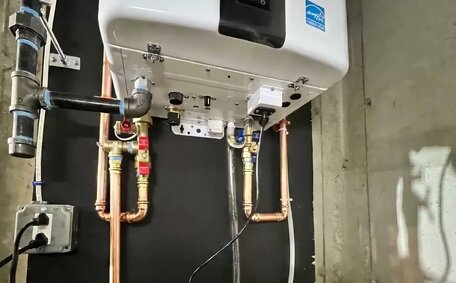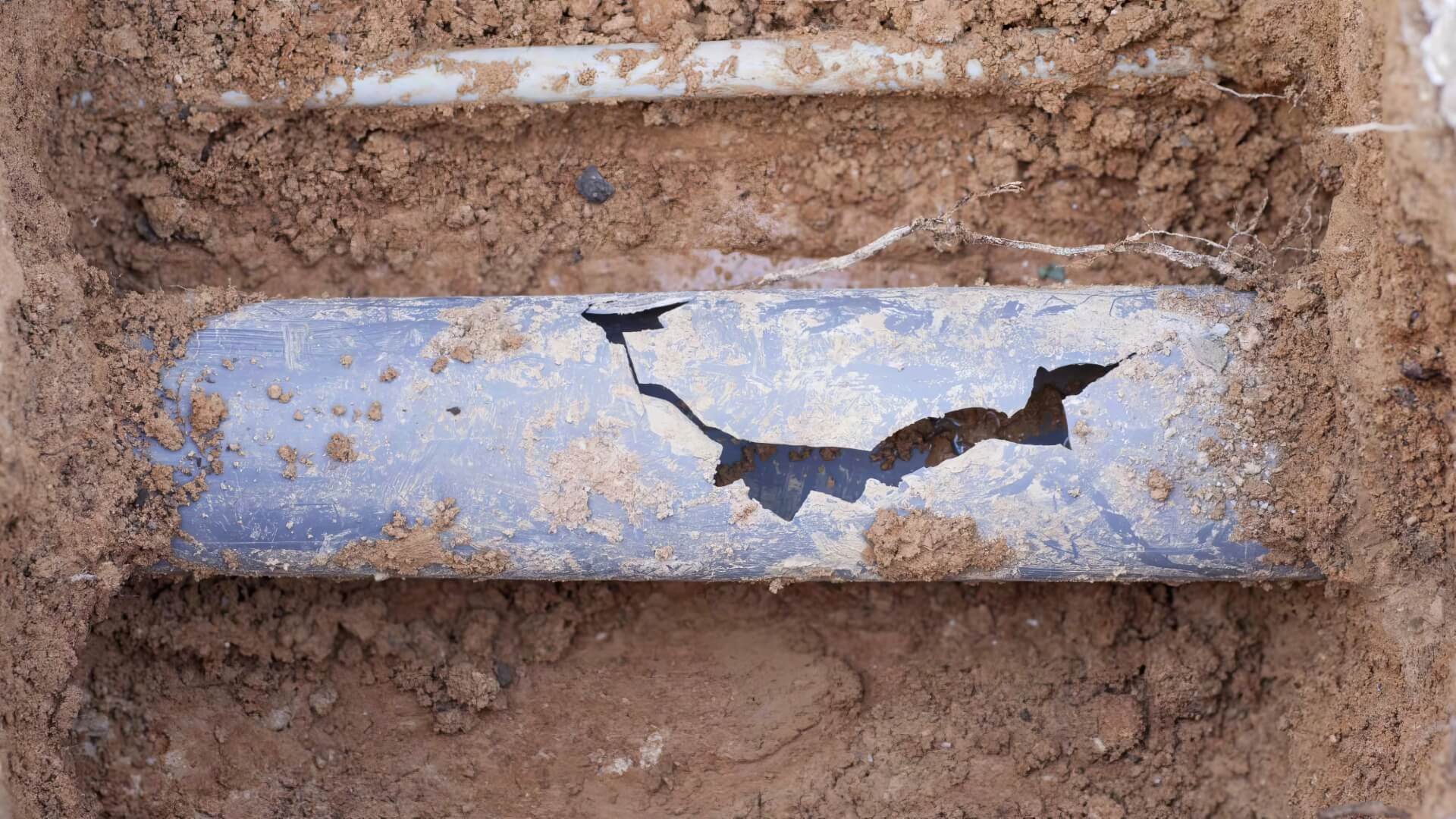Introduction to Relining Pipes with Complex Geometries
Pipe lining is an effective trenchless repair alternative for pipes with cracks or leaks, eliminating the need for full replacement. This process involves inserting a seamless liner into a damaged pipe to create a smooth, watertight conduit. Can damaged pipes with bends, angles, and complex geometries be relined?
The short answer is yes. Advances in relining now allow this restoration process to be applied in various types of pipe, including systems with multiple angles, offsets, curves and branch connections. This provides major benefits over conventional pipe repair methods which can be highly disruptive and expensive.
The relining process uses flexible epoxy resin-coated liners, reinforced with fibreglass or similar materials, custom-fitted onsite to the original pipe’s exact specifications. Specialised cutting devices enable precise installation of liners, fitting pipes from 50mm to 300mm in diameter and negotiating bends effortlessly.
Thus, repairs can be completed without breaking up floors or digging trenches.
After liner placement, steam and air pressure expand it, ensuring a snug fit against the host pipe’s inner walls. The epoxy cures to create a new seamless pipe, jointless and corrosion-resistant, serving as a replacement conduit. Flow efficiency is restored and further degradation prevented, repairing damaged pipes with little surface impact.
So whether you have galvanised steel drains with 45-degree bends, sandwiched stormwater pipes at odd angles or heritage sewer lines with sweep junctions, our pipe relining services enable repair without disruption to your property or landscaping. Contact our team for expert relining Sydney services about your pipe repair project today.
Evaluating Pipe Relining Feasibility for Challenging Configurations
When considering pipe relining for complex pipe configurations, there are several key factors that determine whether this trenchless method is viable:
Pipe Diameter and Bends
Modern pipe relining technology can restore drain pipes ranging from 40mm to 225mm in diameter. Through the use of flexible resin-impregnated liners and specialist robotic cutters, the relining process can navigate multiple 45 and 90-degree bends with relative ease.
Existing Pipe Materials
Pipe relining is suitable for pipe rehabilitation in pipes made from materials like concrete, PVC, cast iron, and comparable materials. The liner creates a seamless pipe within the host pipe, forming a jointless, watertight new conduit regardless of its construction. This eliminates the requirement for matching the original pipe materials.
Access Points
Inserting relining equipment and resin liners requires access to either end of the pipe system through open drainage points. As long as entry to the pipe endpoints is possible, relining serves as a broad-spectrum repair option. From these access points, relining can be used to repair pipe lengths of up to 100 metres.
By following these evaluations, the practicality of relining pipes without trenching within complex and difficult-to-access pipe layouts can be reliably assessed. Contact our team regarding your specific drain repair issues today.
Limits on Bends and Angles for Pipe Relining
When it comes to relining pipes with complex geometries, there are few scenarios that cannot be accommodated by today’s flexible resin liners and specialist robotic cutters.
Modern relining is capable of being installed around multiple bends, including:
- 45-degree bends
- 90-degree bends
- Multi-radius sweep bends
A single continuous liner can thus be inserted to cover multiple pipe lengths up to 100 metres, adapting to multiple directional changes. The key is having polymer liners thin enough to flex and bend into place before being expanded and hardened.
For instance, our team with over 25 years’ experience successfully relined a 65mm galvanised steel stormwater line featuring three 90° bends in a single operation using a 125mm glass reinforced epoxy tube. An outstanding outcome restoring your drain and completed in just one day.
So in summary, while very sharp angled fittings may pose some challenges, pipe relining can readily accommodate sweeping bends and angles with efficiency. Contact our team to review your pipe layout and get an obligation-free quote today.
When Pipe Relining Isn’t Possible
While pipe relining can accommodate complex configurations, there are some extreme situations where your pipes may need a costly traditional replacement instead:
Extreme Bends and Angles
If a pipe has multiple tight bends exceeding 90 degrees or sharp angled fittings, the flexibility of what liners can do reaches its limits. Although sweep bends are manageable, navigating acute angles may exceed the capabilities of liners.
Heavy Scaling and Tuberculation
Over time, cast iron pipes develop heavy internal rust deposits and scaling known as tuberculation. Where these deposits narrow pipe diameters excessively, inserting liners becomes impractical.
Partial Collapses and Deformation
In pipes deformed due to ground shifts or partial collapses, achieving a smooth inserted liner proves extremely difficult. The abnormal pipe shape cannot be accurately mapped or navigated.
In such cases, trenching or other traditional methods may be necessary for full pipe replacement. Thankfully these cases represent only a very small percentage of residential properties. Contact our team for further advice.
Modern Equipment for Tight Angle Pipe Relines
Advancements in relining methods can expertly accommodate drain pipes featuring multiple tight bends, offsets and acute angles. This is made possible by high-tech flexible cutters and lining tubes.
Specialist companies like Minchinbury Plumbing expertly reline around even the most complex bends using state-of-the-art systems from pioneering brands like Sanikom. Their inflatable robotic cutters use articulated joints to perform profiling, cutting, and calibration on severely angled pipe runs.
Advanced resin-saturated lining tubes made from materials like felt fibre glass or polyester can flex and compress around objects. This capacity means we can repair pipes deep within the network, even with right-angled junctions or tight sweep bends.
After insertion, the linings are expanded with air pressure, pressing the resin to the interior walls to seal any host pipe leaks or cracks. The resin cures into a new seamless material, sealing cracks and leaks even on the sharpest pipe angles.
So whether your pipes feature junctions at awkward angles or multi-bend configurations, cutting-edge relining equipment now enables trenchless repair without the need for dig-ups or property damage.
Robotics and Other Specialty Tools
Modern robotic systems are revolutionising trenchless pipe relining, enabling repair even in complex and restricted pipe configurations.
Specialist pipe relining companies utilise advanced robotic cutters like the 150/250N system by Sanikom. Boasting a range of pipe profiling capabilities with auto-rotation optics and jointed cutting heads, these agile robots can navigate tight bends with pinpoint accuracy.
The cutter is connected to a CCTV camera so technicians can accurately control its progress, creating new paths through a pipe system. Based on the CCTV footage, precise measurements are taken automatically every 2 seconds to profile the entire pipe.
Back-end software aggregates these measurements to produce a detailed 3D model of the pipe interior. It facilitates the production of bespoke liners that conform precisely to the host pipe’s dimensions, accommodating all sweeps, angles, and changes.
So whether dealing with offsets, multi-radius bends or awkward junctions, robotic relining systems now provide the tools to rehabilitate practically any small-bore piping configuration without excavation.
Step-by-Step Pipe Relining Process for Complex Pipes
Preparing the Pipes
The first step is thoroughly cleansing the host pipe using high-pressure water jets. This procedure ensures all debris, cracks, leaks, rust, and residuum are removed to facilitate optimal liner bonding. Technicians then insert a flexible robotic cutter, equipped with a CCTV camera, to navigate the pipe.
Guided remotely, the cutter maps all dimensions and profiles the entire pipe length in detail, automatically documenting angles, junctions, offsets and sweep radii. This data produces a 3D model showing the exact pipe specifications.
Installing the Liner
A custom-fitted epoxy and fibreglass liner is soaked and compressed for insertion to form a new seamless conduit. Made of resin and reinforced composite materials, this flexible liner tube can compress and bend to navigate even the most complex pipe layouts.
Technicians guide the liner through the pipe using hydrostatic pressure to navigate its course. Once the liner is inserted into the system spanning the full pipe length, regulated air pressure inflates the liner until it firmly adheres to all internal pipe surfaces.
Curing and Finalisation
Hot water circulates to cure the epoxy resin, which then hardens, creating a seamless pipe within and bonding it firmly in place. This creates a smooth, jointless, corrosion-resistant pipe-within-a-pipe. After curing, post-installation video inspection confirms an efficient watertight seal before returning your drains to full service.
So without excavating, this relining process can rehabilitate practically any small-bore pipe configuration, restoring flow capacity and integrity.
Cost and Benefits Comparison of Relining vs Replacement
When pipes develop issues, homeowners face the decision between pipe relining or full replacement. But which offers the better value?
Cost Comparison
At $80-250 per linear metre installed, pipe relining is a more economical choice compared to traditional replacement costing over $400 per metre. Relining avoids excavation and landscaping repairs, providing an overall cost saving of 60-70% compared to traditional methods.
Time Comparison
A typical pipe relining takes just 1-2 days with no digging or property damage. Pipe replacement projects can extend for weeks, factoring in demolition, trenching, pipe installation, and surface restorations.
Environmental Impact
Drain pipe relining is an environmentally friendly solution, generating almost no landfill waste while replacement creates tonnes of broken concrete and old pipe offcuts. The renew-in-place approach is far greener.
Property Disruption
Unlike relining which causes minimal or no property damage, replacement requires jackhammering, temporary loss of yard access and landscaping reinstatements.
For fast, affordable, and low-impact pipe renewal, pipe relining is a clear advantage over replacement. Contact our team to review options for your property today.
Maintenance Tips for Relined Pipes
To ensure longevity of relined pipes, periodic maintenance checks and proper ongoing usage are advised:
Inspect Annually
Conduct yearly CCTV drain inspections to monitor the liner’s condition and detect early signs of potential issues.
Manage Flows
Prevent clogs and maintain flow by not overloading drains with grease or solid waste. Stagger use of multiple fixtures.
Temperature Moderation
Prevent very hot discharge from appliances entering relined pipes. Let water cool first to preserve liner integrity.
Fit Drain Outlet Screens
Use drain outlet screens to capture hair, food particles, and other debris before they enter the pipes.
Such preventative measures can significantly prolong the service life of relined pipes.






